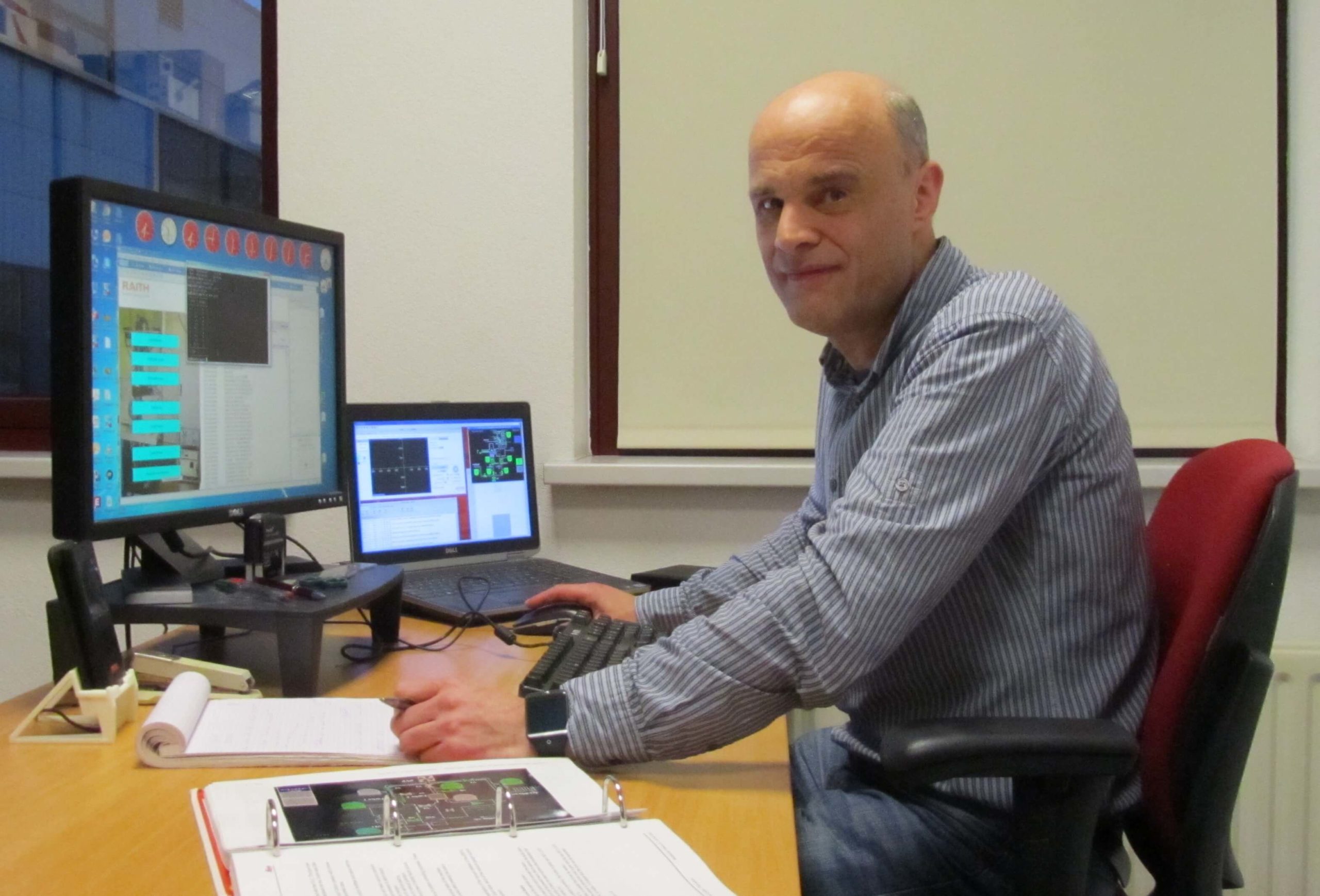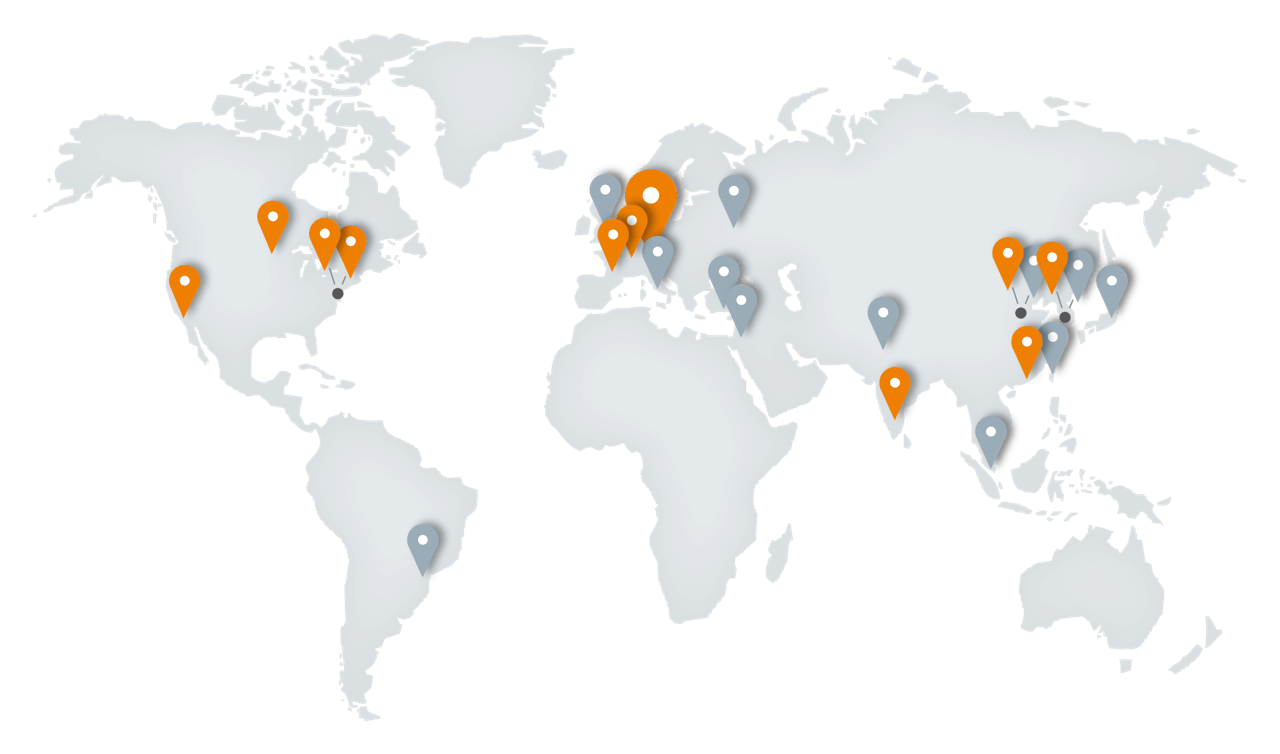Always at your service - Introduction to Raith’s service and support organization, the world’s largest customer support network
An important part of Raith’s business model is the provision of excellent technical service and support for our global customers. Over 50 support engineers are in place worldwide to provide fast service, deliver spare parts or offer consultation on-site. To get a better understanding of the service we offer, we aim to introduce Raith’s different service departments. To start off, we are talking to Remko Waagen, head of Field Service for the EBPG series systems in Europe and Asia-Pacific. Remko is based in Best, The Netherlands.
EBPG service in Europe and Asia-Pacific
“ Remko, how many service engineers are currently working in your department?”
RW: “At the moment our service team for the EBPG and VB systems consists of 16 field service engineers. In the exceptional cases where it is required, we can also rely on further support from our in-house engineers within the engineering department.”
“Where are the service engineers located and which markets do they serve?”
RW: “The customer support and field service for our EBPG users in Europe and Asia-Pacific are coordinated from our European Service Center in the Netherlands. For the countries India, China and Korea, the engineers operate via a locally based branch office. At the moment our service team consists of 11 engineers based in Europe, 2 in India as well as 2 in China and 1 engineer in Korea.
One of our “Key performance” targets within Service is to shorten the response time to a minimum. Therefore we have a combination of Service engineers based in Best, The Netherlands and Service engineers based strategically in the field, physically close to our customers. Within our team of engineers in Europe for instance, 3 operate from their home locations in Italy, France and Germany. The remaining 8 engineers work from our office in the Netherlands.
Our customers are active across the full spectrum of lithography applications, meaning from research to production. They can be found in the educational sector (universities), private and governmental research institutes as well as manufacturing companies.”
“What is your response-time when a customer approaches your department with a service request?”
RW: The response time, meaning the time for an engineer to arrive on site, can be contracted as part of a Service agreement. The standard response time is within 48 hours. For some of our production oriented customers, we are contractually committed to arrive on site even within 24 hours.
“What is the uptime of the systems installed?”
RW: “The average uptime of the EBPG Electron Beam Lithography systems in our area is above 95%. This is based on our records from over 50 systems at our customer sites. “
“How do you measure the uptime of the systems?”
RW: RW: “ All our Service activities are recorded in a global database. The data is used in a “Supplier Dependent Uptime” model, which is based on the SEMI E10 industry standard. The SEMI E10 standard is rather complex, and also involves local factors over which we have no control—think of the vacation shutdown of a complete facility, for example. Supplier dependent uptime is a general accepted measure for availability of equipment. Comparisons in the past between our data and that of a commercial user have confirmed that our model is accurate.
The systems have an automation level such that they can be used unattended, means 24/7. Therefore the uptime calculations are also based on a 24/7 availability. If, for example, preventative or corrective maintenance is performed, the system is considered to be not available for exposures for the full time until completion of the recovery actions.”
We assume the system is available 24/7. If, for example, preventative maintenance is performed, the system is considered to be not available for exposures until completion of the actions.”
“Thank you very much for the interview!”

